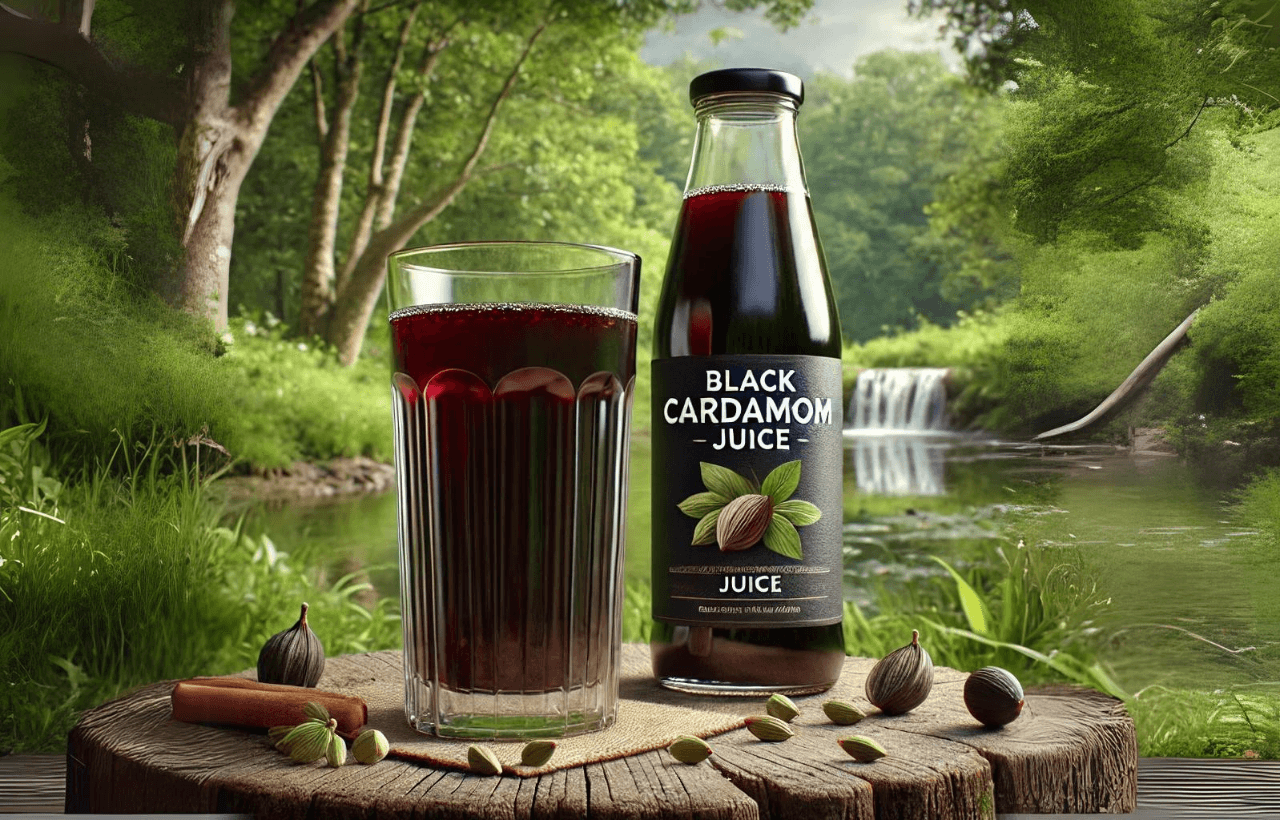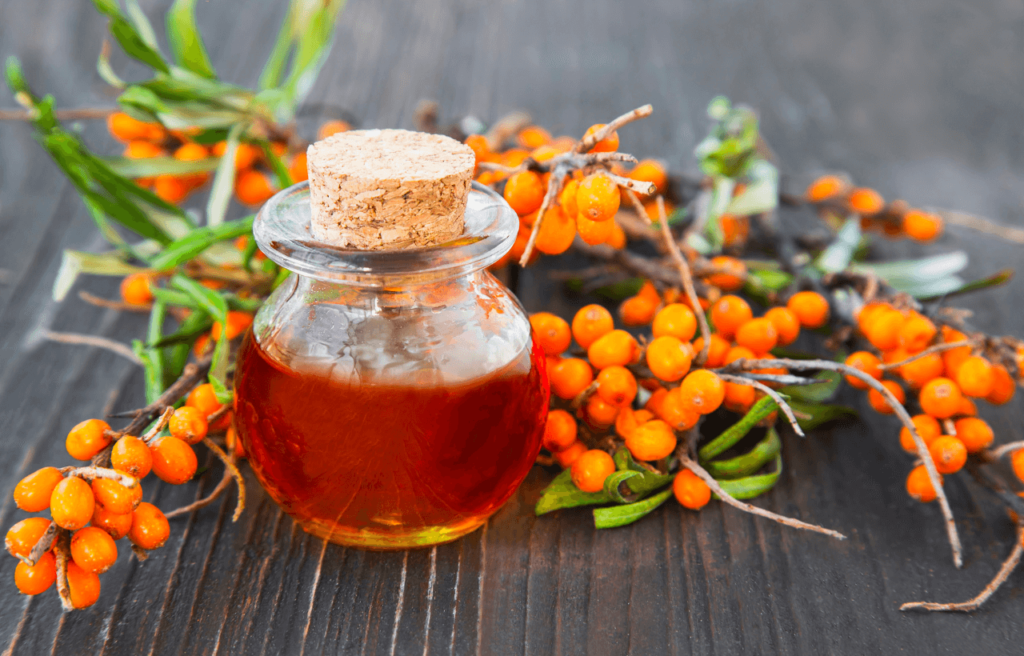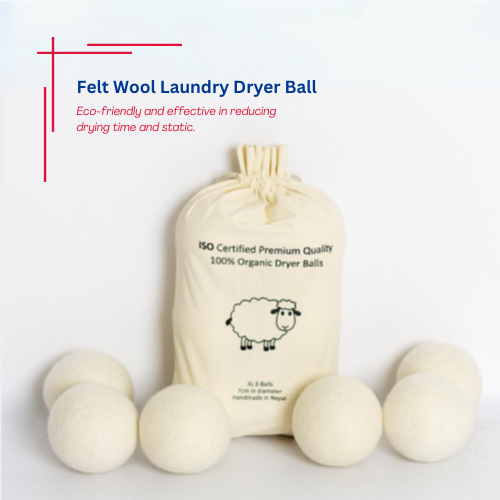Source Sea buck Throne Juice

Seabuckthorn Himalayan juice is a vibrant elixir sourced from Nepal’s rugged Himalayan foothills, brimming with antioxidants, vitamins, and essential nutrients that nourish the body and uplift the spirit. Known locally as “torma,” Himalayan seabuckthorn berries thrive in harsh alpine conditions, prized for centuries for their medicinal and culinary benefits, including immune support and overall well-being.
Handpicked from wild seabuckthorn bushes, the ripest berries undergo meticulous washing and sorting to ensure only the highest quality fruit is used. This careful process honors the environment and preserves the berries’ natural goodness, resulting in a refreshing juice that captures Nepal’s natural bounty and cultural traditions while delivering potent health benefits.
Once sorted, seabuckthorn berries are gently crushed to extract their juice, capturing flavors and nutrients. After straining to remove pulp and seeds, a smooth liquid showcases vibrant color and tangy sweetness.
To preserve freshness, seabuckthorn Himalayan juice undergoes gentle flash-pasteurization, retaining nutrients and taste. Bottled in eco-friendly packaging, it appeals to health-conscious consumers seeking Himalayan flavors.
With its citrusy flavor and invigorating aroma, seabuckthorn Himalayan juice refreshes like Nepal’s mountains. Enjoyed alone or in smoothies, cocktails, or dishes, it celebrates the Himalayan region’s natural abundance.

Juice Production Process
1.Berry Harvesting:
2. Washing and Sorting:
3.Juicing
4.Straining:
5.Pasteurization:
6.Bottling:
Trending Felt Products



Felt making is an ancient craft that has been passed down through generations in Nepal. The process begins with raw wool, which is cleaned and carded to remove impurities. The wool is then dyed using natural dyes derived from plants and minerals, giving it vibrant colors. The actual felting process involves layering the wool and applying heat, moisture, and pressure to bind the fibers together. This can be done using traditional techniques, such as rubbing and rolling the wool by hand, or with modern equipment for larger-scale production. The result is a durable and versatile fabric that can be shaped and molded into various products.


